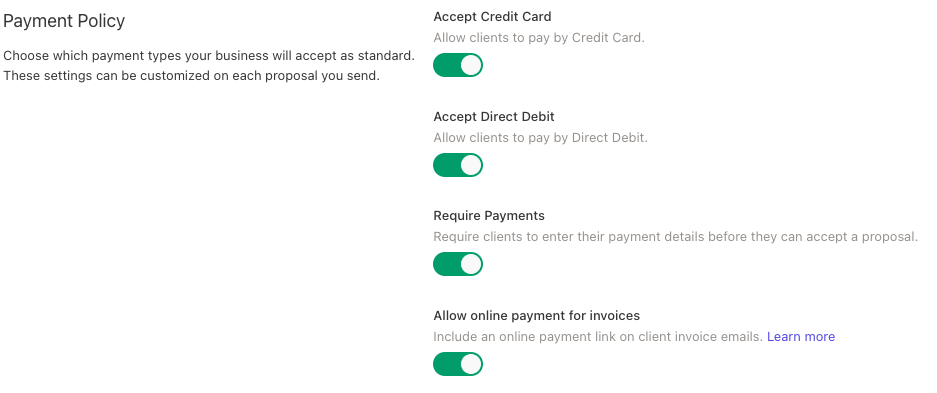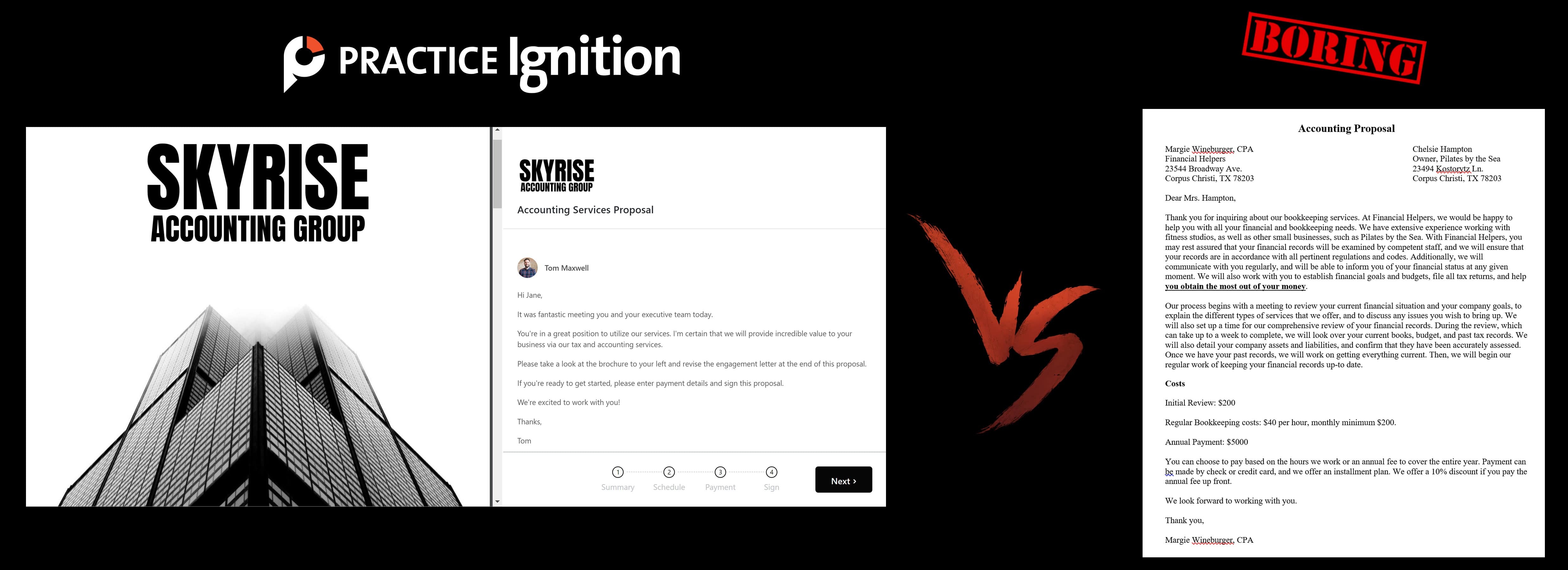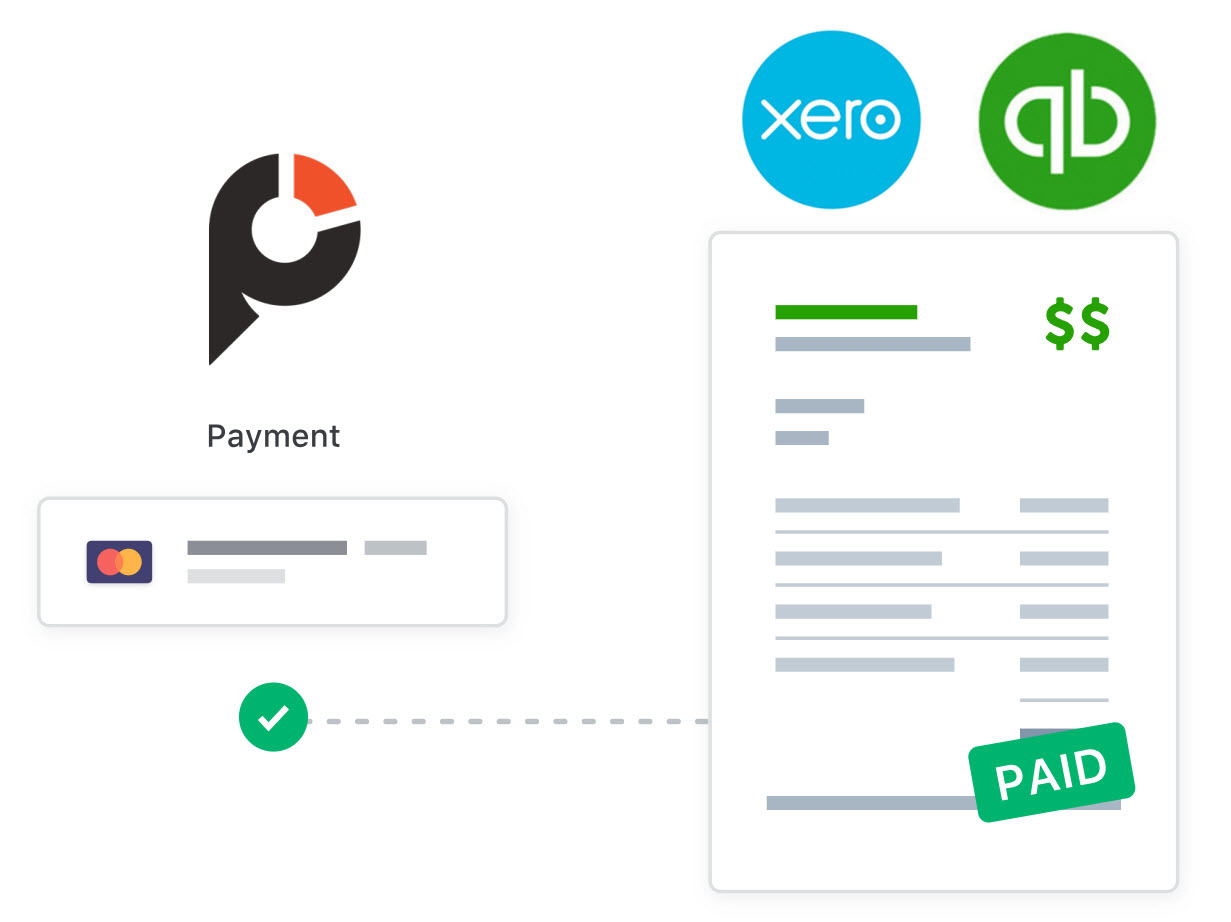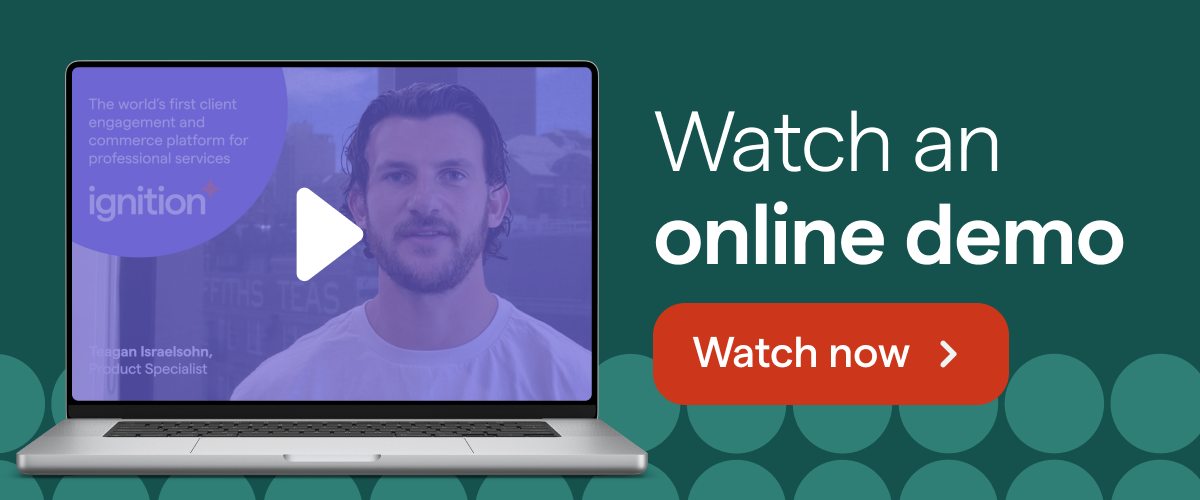8 Reasons people love Ignition
Check out the top 8 reasons people are falling head over heels for Ignition.

I love Ignition - it has changed my world.
- Clair Amery
Those kinds of words are usually reserved for your significant other or children, not software.
But we've found that when you save people significant time and money– and help them grow their business – software can have a meaningful impact.
Here are eight of the top reasons people fall head over heels in love with Ignition:
1. No more debtors and chasing clients to get paid
Payment collection is one of the main features that differentiates us from any other software on the market. Many people jump on board with Ignition for the proposals but love it for the payments.
Ignition allows you to collect recurring or one-off payments from your clients.
It may not seem like a big deal, but it has huge benefits over manually creating invoices and hoping that clients pay on time. You'll no longer need to chase clients to pay and your debtors will be eliminated completely. It means you get paid on time, every time.
That puts more time on your clock and money in your wallet.
We handle complex billing arrangements too: you can collect partial payments upfront and collect the remainder one work is complete, with a monthly recurring payment happening at the same time.

This is all possible because we allow you to require a payment method directly on their proposals. Which means that clients can't sign up for your services without giving you a way to collect your fees. Once you start collecting payments this way, you'll wonder how you ever lived without Ignition.
2. Automated contracts / engagement letters
Depending on your industry you could be calling this document an engagement letter, contract or terms & conditions.
Most professional service businesses send – or should be sending – this document to be signed when onboarding a new client.
They reduce your legal risk, help set expectations and reduce scope creep.
The only problem? Manually putting these documents together is a pain which is not only a time-suck, but reduces the chance of them getting sent. We speak to plenty of businesses who haven't sent an engagement letter in years because they don't have time.
With Ignition you never need to manually put these documents together again. Your engagement letter, contract or terms & conditions are automatically attached to each proposal you send.

Ignition replaces the fields with the correct information: client data, service terms, payment schedule, signature fields, etc. Your client can even get a pdf version for their own records. It's an elegant solution that saves our users tons of time and ensures compliance within their business.
3. Professional brochures that sell your services
A recent update to Ignition allows you to add brochures to your proposals. Attaching a brochure turns your proposal in to a powerful sales tool. These brochures are your opportunity to show your clients why you're the best choice for them.
We are very excited about the possibilities that brochures open up with Ignition. Since you can attach any PDF, it's completely up to you to choose what to include: testimonials, project road map, case studies, about us...
It makes a huge difference compared to sending a boring Word document over to your clients.

We have a number of brochure templates that you can easily customize with Canva. Don't worry, you don't need to be a designer to create a brochure. As an added bonus, when you sign up for Ignition we'll design a custom brochure for you! It's included with every plan.
4. Invoice reconciliation with accounting integrations
Remember payments up at the #1 spot? Well, if you're using Xero or QuickBooks Online those payments can be automatically reconciled and marked as paid in your accounting system.
Here's how it works:
- Your client is either created or matched to one that exists in Xero or QBO.
- Each service on the proposal is translated in to a line item in an invoice.
- When a payment is made, the invoice is automatically marked as paid and reconciled for you.
- Your client receives a copy of each invoice

This is all based on your fee schedule. An invoice will be created for each payment made: on acceptance of the proposal, recurring fees, or on completion of the contract.
This automation will save you hours of admin time and reduce the chance of manual error. It just makes sense!
5. Better organization and fast proposals with the service library
I think that the service library may be one of the most under-appreciated parts of the Ignition platform. It gives your business a library of services, including pricing, that you offer your clients.
This forces you to standardize your offerings and set default prices for each service. That may sound like a lot of work, but it will save you tons of time and effort down the line. Also, if you're unsure where to start we have a set of standard service templates for you to use.

The library allows anyone on your team to put proposals together fast. The price and description for each service can be edited during the proposal creation process, but having them available in the library is a fantastic starting point.
This type of functionality is usually seen in enterprise grade CPQ (Configure, Price, Quote) software, but Ignition makes it available for all service businesses.
6. Automate (everything) with workflow integrations
We have a number of workflow integrations including Xero Practice Manager and Karbon.
With these integrations you can really work some automation magic.
Based on the acceptance of services, your tasks/jobs can be automatically deployed. This allows you to streamline your client onboarding and ensures that your team knows what they need to do after signing a client.

Don't use any of the workflow software above? Not to worry, we integrate with Zapier. If you don't know already, Zapier is a tool that lets you connect over 1,000 apps. It's an incredible tool that we use every single day.
You can connect your email marketing software to your CRM to your workflow software to your accounting software to your... you get the idea.
Check out our top 10 hacks to use with Zapier and Ignition.
7. Email follow ups to get more signatures
How often do you send out a proposal or contract only to wait weeks for them to be signed, if they ever get returned at all?
It's a problem that we used to hear about all the time. People drag their feet when signing documents and manually following up takes time.
With Ignition you set up email reminders to send out automatically after a proposal has been sent out. You can set the number of days before sending a reminder and the number of reminders to send.

8. Forecasting with the business intelligence dashboard
We use all of the data from your proposals and payments to build a BI dashboard. Ignition users no longer need to fumble around with spreadsheets to see how their business is performing. At a glance you can see revenue numbers, projected payments, sales pipeline and more.

This is important information and can you see where your business was, and where it's headed. These insights can directly help your bottom line by helping you track unbilled project revenue and help you monitor your cash flow.
Many Ignition users say their favorite activity is checking their dashboard every Monday morning. It feels great to see your revenue numbers increase and see new deals come through.
Still not using Ignition?
What on earth are you waiting for? Get started with a free trial today.
We look forward to hearing how much you ❤️️ Ignition!


